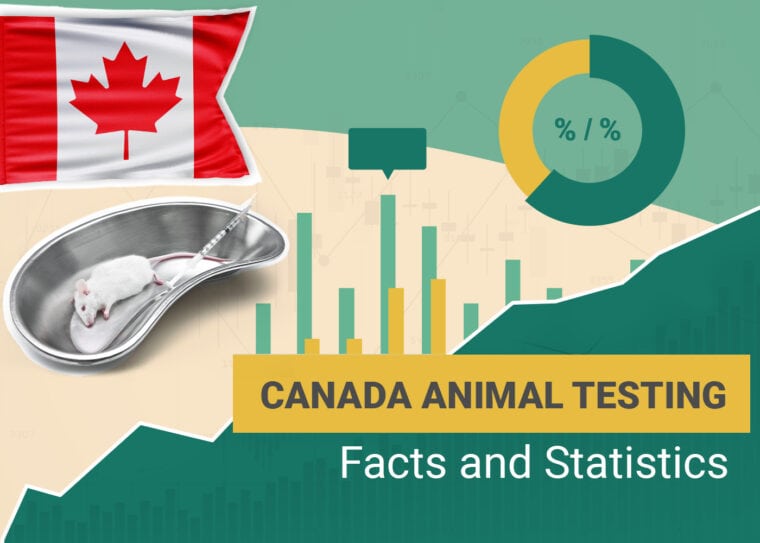
Click to Skip Ahead
Note: This article’s statistics come from third-party sources and do not represent the opinions of this website.
Animal testing is always an upsetting, sometimes divisive subject. It’s difficult to look at animal testing from a non-emotional perspective, and because we’re all animal lovers, it can be hard to read about. This article looks at the statistics of animal testing in Canada, including the number of animals tested and their species, which tests are being conducted and why, and what the public perception of animal testing in Canada looks like.
The 15 Canada Animal Testing Statistics
- In 2021, there were 3,692,479 animals used in research, teaching, and testing.
- 34% of the animals used in testing were mice.
- Fish made up 33.9% of the total animals tested.
- “Domestic animals” (cats, dogs, rabbits, and guinea pigs) made up a combined 1% of the total number of animals tested.
- Cattle made up 11% of the total number of animals tested.
- 36% of all experiments conducted on animals were classed as “causing little or no discomfort or stress.”
- 1.05 million animals were subjected to experiments causing “minor distress or pain of short duration.”
- 33% of animals were tested under category D of invasiveness.
- 3% of the total number of animals were tested with category E procedures.
- 5% of category E experiments were done for regulatory testing purposes.
- 7% of category E experiments were done for medical purposes.
- 2,167,077 animals tested in Canada were tested for fundamental research purposes.
- 80% of Canadians support the end of cosmetics testing.
- 82% of Canadians felt that Canada should be leading in the ban on cosmetics animal testing.
- 84% agreed that cosmetics companies should ensure they don’t test their products on animals.

The Number and Type of Animals Tested
1. In 2021, there were 3,692,479 animals used in research, teaching, and testing.
(Speaking of Research)
2021 saw a drop in the number of animals used and reported to the Canadian Council on Animal Care (CCAC) compared to 2020 (5,067,778 animals) and 2019 (4,562,552 animals). These numbers might fluctuate up and down because of how Canada collects its data on animals tested; animals are counted as being tested in Canada if they were tested in facilities or by companies who work for CCAC-certified institutions. These might not be in the country, and no explanation for the drop in numbers was included in the 2021 report.

2. 34% of the animals used in testing were mice.
(NCBI)
1,259,196 mice were used in testing in 2021, compared to 1,085,613 used in 2020. Birds were the most tested species in 2020, with 2,535,052 being used. In 2021, birds were the third most common animal tested, with 12% of the total animals tested being birds (444,596 individuals). Mice are genetically, physiologically, and anatomically similar to humans, and they’re so small that they don’t take up large areas of space for housing. They’re also prolific breeders, making the population easy to replenish.
3. Fish make up 33.9% of the total animals tested.
(CCAC 1)
Fish accounted for one-third of all animals tested in Canada in 2021, second to mice. 1,251,563 fish were used in testing, compared to 594,770 in 2020. Fish are commonly used in animal testing as they present an inexpensive, easily housed option to study simplified versions of human and animal body systems. The Zebrafish has similar genetics to humans, so they are commonly used in genetic testing.

4. “Domestic animals” (cats, dogs, rabbits, and guinea pigs) made up a combined 1% of the total number of animals tested.
(CCAC 1)
Canada still tests on dogs, cats, rabbits, and guinea pigs. While the number they make up is small (only around 36924.79 animals total), this is still shocking to people, particularly the owners of these species. 0.3% of the animals tested were dogs (mostly Beagles), 0.2% were cats, 0.1% were rabbits, and 0.4% were guinea pigs.
5. Cattle made up 11% of the total number of animals tested.
(CCAC 1)
The inclusion of cattle may be surprising, but a total of 406,172 cattle were used in animal tests in 2021 due to their similar organ size and reproductive systems to humans. This number has reduced slightly from the 573,502 tested in 2020.

 Which Tests Are Being Performed? What For?
Which Tests Are Being Performed? What For?
6. 36% of all experiments conducted on animals were classed as “causing little or no discomfort or stress.”
(CCAC 2)
The “invasiveness” of an experiment on an animal in Canada is placed into classes A through E, with A being the use of non-living animal tissues or invertebrates and E being severe pain. Around 1.4 million animals were used in experiments deemed as category B, causing little to no pain or distress. An example of this could be blood sampling or short periods of food or water deprivation.
7. 1.05 million animals were subjected to experiments causing “minor distress or pain of short duration.”
(CCAC 2)
In 2021, 28% of all animals tested in Canada were subjected to category C experiments. Category C experiments can include surgical procedures under anesthesia, stressful periods of restraint, exposure to non-lethal chemicals, and intrathoracic (into the chest) or intracardiac (into the heart) drug administration.
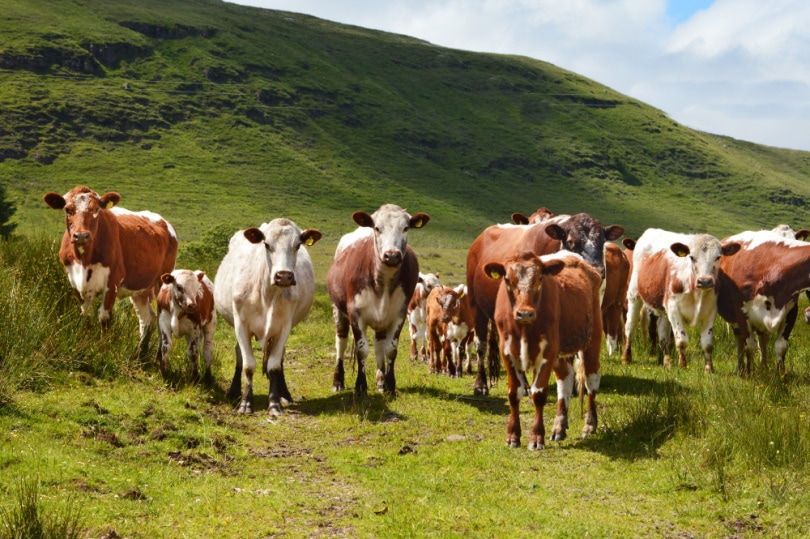
8. 33% of animals were tested under category D of invasiveness.
(CCAC 2)
The D category of invasiveness is described as experiments that “cause moderate to severe distress or discomfort,” and over 1.25 million animals in Canadian animal testing fell under this bracket. Examples of experiments allowed under category D include prolonged (several hours or more) periods of restraint, maternal deprivation (removal of babies from mother), introducing an animal to noxious stimuli it can’t escape from, and being irradiated.
9. 3% of the total number of animals were tested with category E procedures.
(CCAC 2)
Unfortunately, 3% of animals are still around 100,000 animals that were subjected to “procedures that cause severe pain near, at, or above the pain tolerance threshold of unanesthetized, conscious animals.” These experiments are as bad as they sound, with some examples including being burned while conscious with no pain relief, physical trauma infliction on conscious animals, paralyzing animals with drugs but without anesthesia, being given drugs at levels that cause death, or any painful procedure that pain relief cannot lessen. Fish, mice, and rats were the animal species most commonly used in category E experiments.
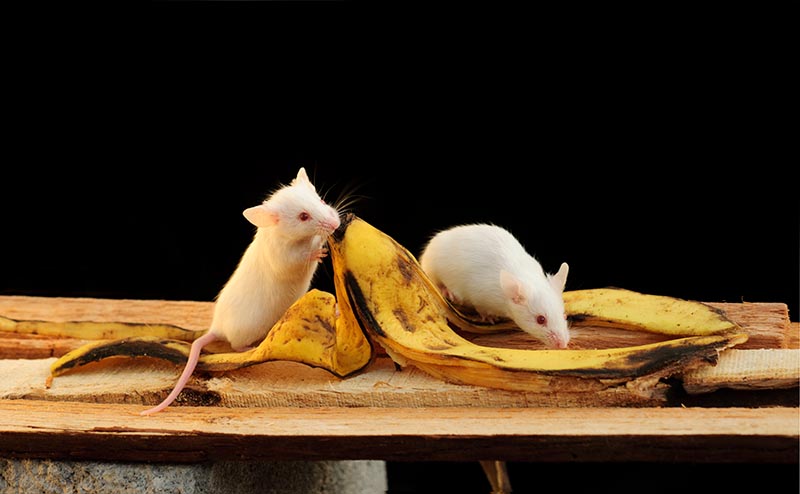
10. 41.5% of category E experiments were done for regulatory testing purposes.
(CCAC 2)
Regulatory procedures are required by law to be performed before materials, devices, or products can be licensed for use. For example, a toxicology test could include looking at the safe levels of a drug. It’s legal for cosmetics to be tested on animals in Canada, so cosmetics testing could also fall under this group.
11. 22.7% of category E experiments were done for medical purposes.
(CCAC 3)
Medical purposes could include procedures, medicine, or devices for use in both human and veterinary medicine. The CCAC specifies this as “(studies) that relate to human or animal diseases or disorders,” including the study of rodents to better understand the genes involved in human diabetes, arthritis, and cancer.
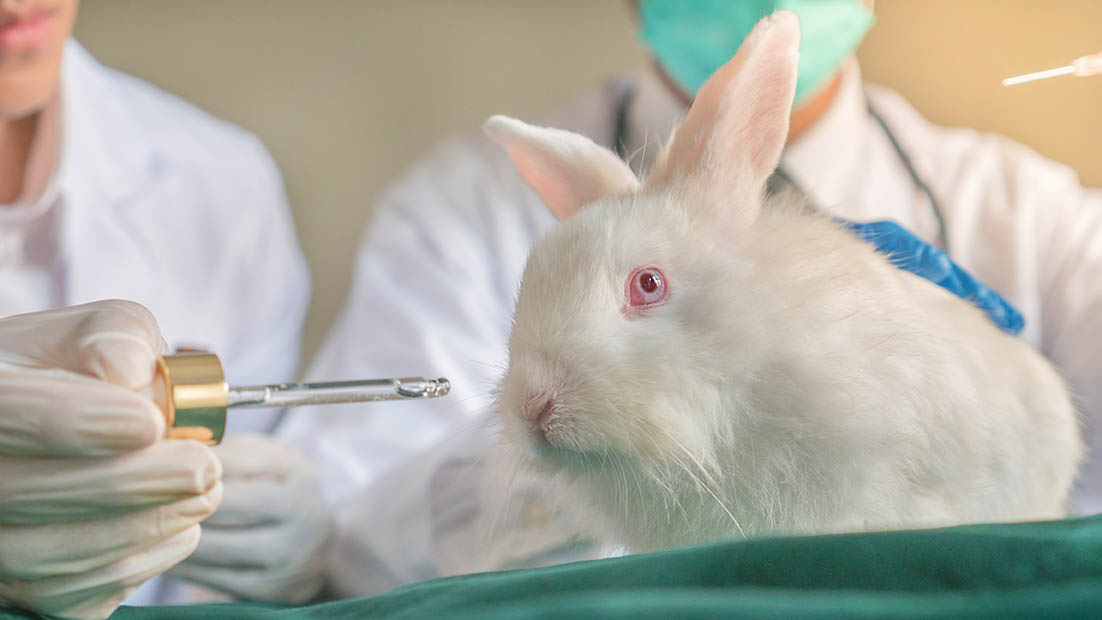
12. 2,167,077 animals tested in Canada were tested for fundamental research purposes.
(CCAC 3)
Fundamental research relates to essential functions and structures in animal bodies and how they work. 57% of the total number of animals tested were for fundamental reasons, such as investigating how hormones regulate growth and reproduction or studying certain birds’ migratory patterns.
 What Does the Canadian Public Think About Animal Testing?
What Does the Canadian Public Think About Animal Testing?
13. 80% of Canadians support the end of cosmetics testing.
(SurveyUSA)
A poll conducted by Cruelty-Free International revealed that 704 out of 800 respondents strongly oppose cosmetics testing in Canada, with 85% agreeing that the testing of cosmetics safety is not worth the pain and suffering that animals endure during testing.
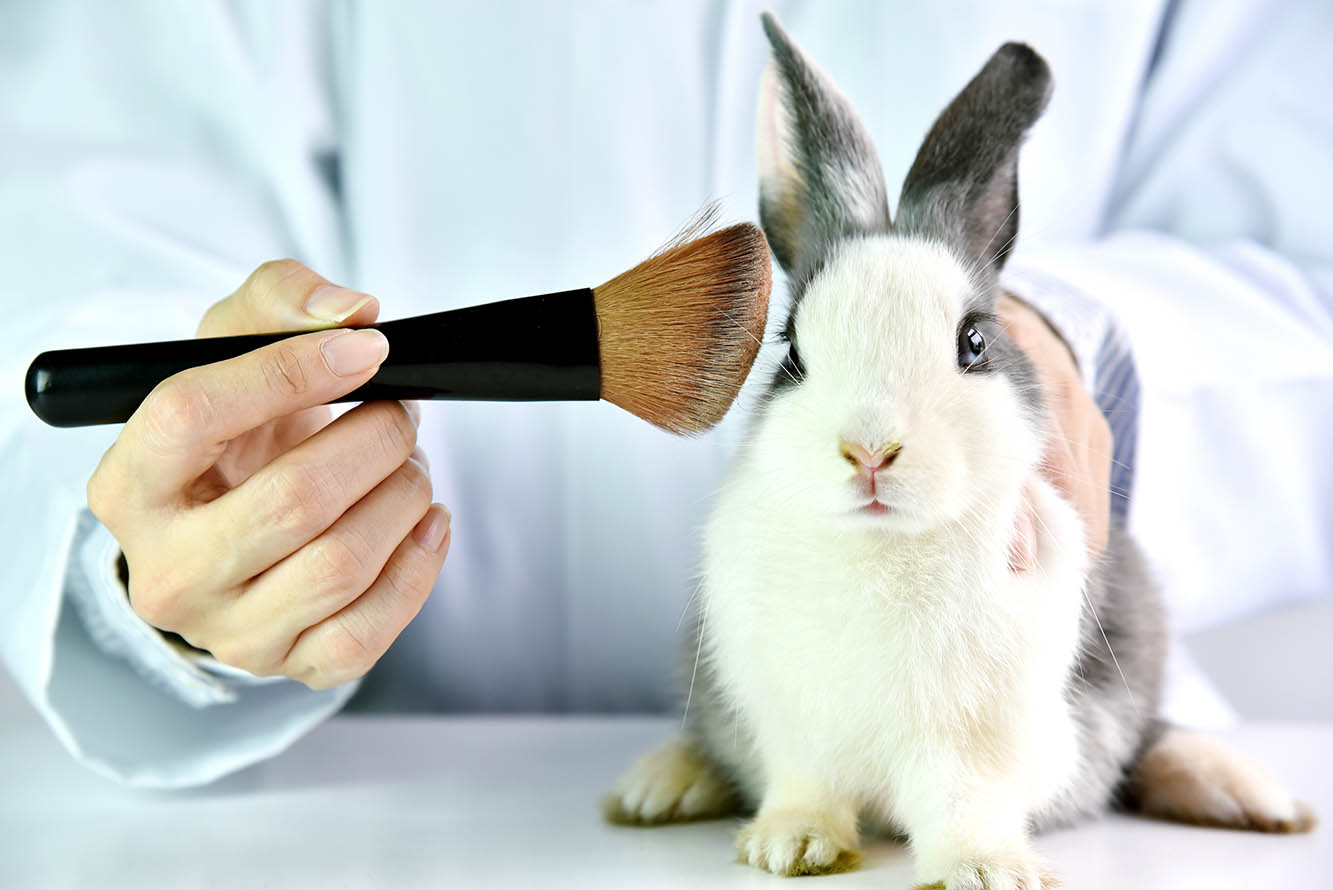
14. 82% of Canadians felt that Canada should be leading in the ban on cosmetics animal testing.
(Cruelty-Free International)
Of the 800 respondents, 64% were unaware that many other countries had already taken steps to ban cosmetics testing on animals, and 82% agreed that Canada needs to be a world leader in achieving a worldwide ban on this testing. Interestingly, age made a difference in this response: nearly 90% of respondents aged 50–64 agreed, but only 75% of those aged 18-49 agreed.
15. 84% agreed that cosmetics companies should ensure they don’t test their products on animals.
(SurveyUSA)
When given the statement, “Cosmetic companies that say they are committed to things like sustainability, protecting the environment and the use of natural or organic ingredients should also ensure that they do not test their products on animals,” 55% agreed, and 29% strongly agreed. 4% of respondents did not agree with the statement. 85% of the respondents also didn’t know that there is a non-animal test for cosmetics that can be safely used and is accepted by regulatory bodies.
Frequently Asked Questions About Animal Testing in Canada
Is Animal Testing in Canada Legal?
Animal testing is legal in Canada, including cosmetic testing. There are no specific laws regarding animal testing, but there are laws surrounding the safety and efficacy of products that use animal testing, as well as how each animal is kept. However, these laws often don’t cover anything but the most abhorrent animal cruelty, so there’s a lot of leeway for testing and research.
The S-214 Bill was due to change this by making amends to the Food and Drugs Act 1985. This bill was going to outlaw any animal testing, including banning the sale of cosmetics tested on animals and even banning a product if it contained ingredients that had been tested on animals. Unfortunately, this bill wasn’t passed. (Parl.ca)
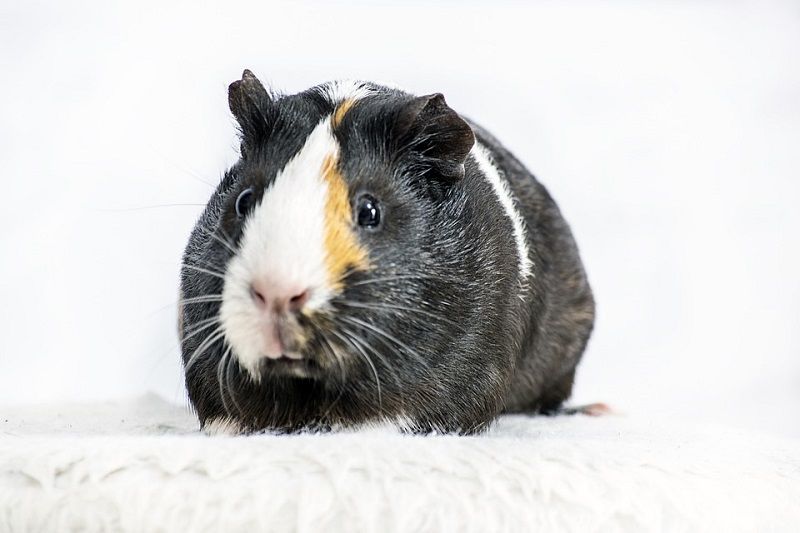
What Alternatives to Animal Testing Exist?
Historically, tests in vitro were completed when animal testing either wasn’t wanted or allowed. In vitro is Latin for “in glass,” which means the tests were not performed on live specimens but on cultures or samples in a lab. However, this way of testing isn’t always possible in more complex cases, such as cancer hazards. Computer programs can now reliably predict the toxicity of different chemicals, reducing the need for animal testing. (NIEHS)
There are also “organs-on-a-chip,” which is a fascinating new technology that grows biologically viable, genetically engineered, or natural tissues in chips containing fluid. The tiny yet powerful systems mimic human organs by controlling cells and their environments and maintaining tissue function; organs-on-chips could be the answer to the animal testing we’ve been looking for.
(Nature.com)
What Are the Three ‘R’s’ Of Animal Testing?
In Canada, animal testing is overlooked by a set of tenets designed to keep animal suffering to a minimum as much as possible—the three “Rs.” The three “Rs” stand for:
Replacement: Using any method that can replace or avoid animal testing altogether or replace more sentient animals, such as mice, with those deemed less sentient, such as invertebrates.
Reduction: Using any strategy that reduces the number of animals used in testing or used to gain sufficient data needed to answer the research question asked. It also refers to methods that maximize the data acquired from one animal being tested, reducing the need for more.
Refinement: Refining, changing, or finding alternatives for laboratory animal husbandry and handling, as well as the procedure themselves, to provide the best possible welfare for the animal throughout its life and minimize any pain or distress during procedures.
The three “Rs” aren’t laws or legislation but are accepted by those who perform animal testing across Canada. (NCBI)
Conclusion
Unfortunately, animal testing in Canada is still legal, and companies use it to test products, from medical technology and devices to medications, procedures, and even cosmetics. While many people find animal testing abhorrent, it is most helpful in finding new cures for human diseases and is most vilified regarding the cosmetics industry. While it’s heartbreaking that animals still suffer horrendous testing in Canada, people and organizations are fighting hard to end animal testing in the country.
Related Read:
Featured Image Credit: New Africa, Shutterstock

 Which Tests Are Being Performed? What For?
Which Tests Are Being Performed? What For?



